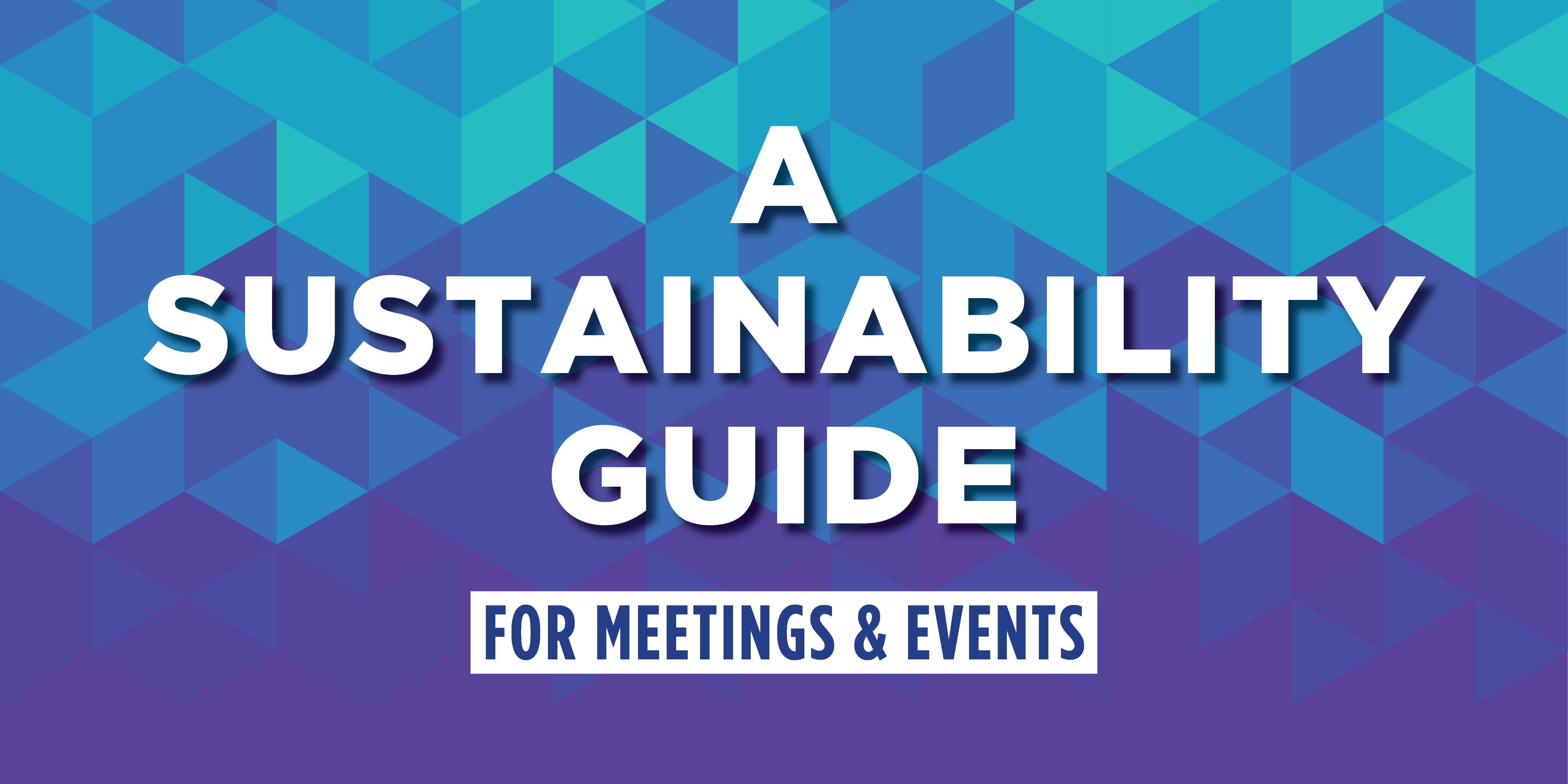Sustainability has become a staple conversation topic. And unlike in the past, it looks like it’s going to top the agenda for a time to come. A lot has been written about an event’s environmental impact at the operational delivery stage, but what can individuals such as a meeting owners be doing to put this important topic at the heart of a company’s program? Here, we detail eight steps for establishing a sustainable process within your strategic meetings management programs.
How to incorporate sustainability into SMM programs
We are seeing a new breed of event attendee whose expectations have changed when they arrive at an event but, there is an equally strong drive from our internal colleagues that we should be harnessing. Now more than ever, we’re seeing a shift in organizations across the world looking to make sustainability a priority in how they do business. Within our own industry, that means designing meetings that are both environmentally conscious and deliver results.
At BCD M&E, we are working with our clients to help drive these initiatives, regardless of what stage they are on in their sustainability journey. Below are some suggestions for areas you should consider when organizing and executing your next sustainable meeting.
Ensure organizational alignment
Sustainability should be an enterprise-wide initiative, so it’s important to get buy-in from management as they should lead from the top down. Consult with your internal environmental team, travel category manager and marketing department to ensure you are on the same page about how you want to incorporate sustainability into your organization’s mission, vision, and values.
Consider the areas you want to keep in scope
When talking about sustainability most people will immediately think about recycling, but there are other dimensions outside of environmental ones that should be accounted for as well. The primary principles of sustainability are threefold: economic, social, and environmental. Consider each of these in equal measure. Do your potential suppliers support local community programs? Do they have the correct governance in place to ensure zero tolerance on human trafficking, equal pay, or non-discrimination in the workforce? These areas should be just as important to the approach as environmental perspectives on issues like single-use plastics and emissions reduction.
Establish your meeting goals
One of the most crucial steps in sustainable meeting planning is establishing your intended impact. You can’t measure your impact without first implementing sustainability goals. Ideally, these goals should be aligned with the overall sustainability objectives of your company so it’s relatable to everyone within your organization. Do you want to reduce carbon emissions? Curb single use-plastic use? Actively give back to local communities? Identifying these goals and determining how you want to measure success is essential.
Consider carbon emissions calculators
Some sustainability goals are easier to account for than others; CO2 emissions happens to be one area where reducing impact can be easier to see with resources like carbon emissions calculators. These online tools can be used to evaluate the impact of various choices throughout the event lifecycle to determine where you can reduce your impact. Areas ranging from meeting location, to number of participants, and event format can all be accounted for and provide an emissions estimate. Understanding your impact gives you the power to make choices for your meeting program that are good for your attendees and the planet.
Think local when possible
Sometimes going the extra mile to be sustainable, means thinking local for your meetings program. Selecting local locations for meetings not only shortens travel time for attendees, but also reduces the footprint your meeting leaves behind. Meeting centrally to reduce travel, thoughtful menu planning that incorporates foods common to the area, and offering virtual or hybrid meeting options for guests who may have to commute further distances are all ways to leverage locality to positively impact your meetings sustainability.
Get all parties involved
Ensure that everyone connected with your meetings program is aware of your mission and goals as they relate to sustainability. Creating sustainable change that has longevity and depth requires buy in from all parties. There is a lot of power in bringing people along on that journey from event planners to delegates and showing them how they are making a difference. Consider indicating which meals on menu’s have lower carbon footprints so guests can make sustainably conscious choices or how the use of your event app has reduced paper or plastic use.
Read about Eco-Friendly Event Venues
Create a more sustainable industry ecosystem
There are many players involved in the planning and execution of meetings. Hotels, caterers, transportation companies, DMC’s, event venues, and more are a part of the supply chain that bring meetings to life. It’s important to look at and engage industry partners to ensure your values around sustainability are shared. Don’t make unreasonable demands of suppliers—transitioning into more sustainable processes isn’t an overnight process. But you can introduce minimum standards and expectations in the contracting process to start ensuring that sustainable practices are being accounted for in each step of the event lifecycle and process. By engaging with a third-party agency, you can prioritize these areas at the sourcing stage and present during the RFP process so they are included in the decision making process.
Determine how to measure success
Success will depend on your priorities and could include a reduction in CO2 emissions, the introduction of a new area of your policy or the reduction in the use of single use plastics at your events. Its key to create a baseline and then use data points to track your progress and successes and build greater awareness and accountability across the business. Additionally, ask your vendors, suppliers, and partners to provide post-event data on sustainable initiatives to have an even bigger picture on how sustainable your meeting was holistically.
Download our 2022 Sustainability Guide
Although instilling a culture of sustainability throughout the event lifecycle can seem like a large undertaking, gradual steps like the ones outlined above are a great way to get started. These changes aren’t going to happen overnight, but by working together with all the players in the meeting and event ecosystem, we can create a more sustainable future.
Originally published Feb 15, 2022 12:57:00 PM
Last updated on Dec 23, 2022 12:44:12 PM



